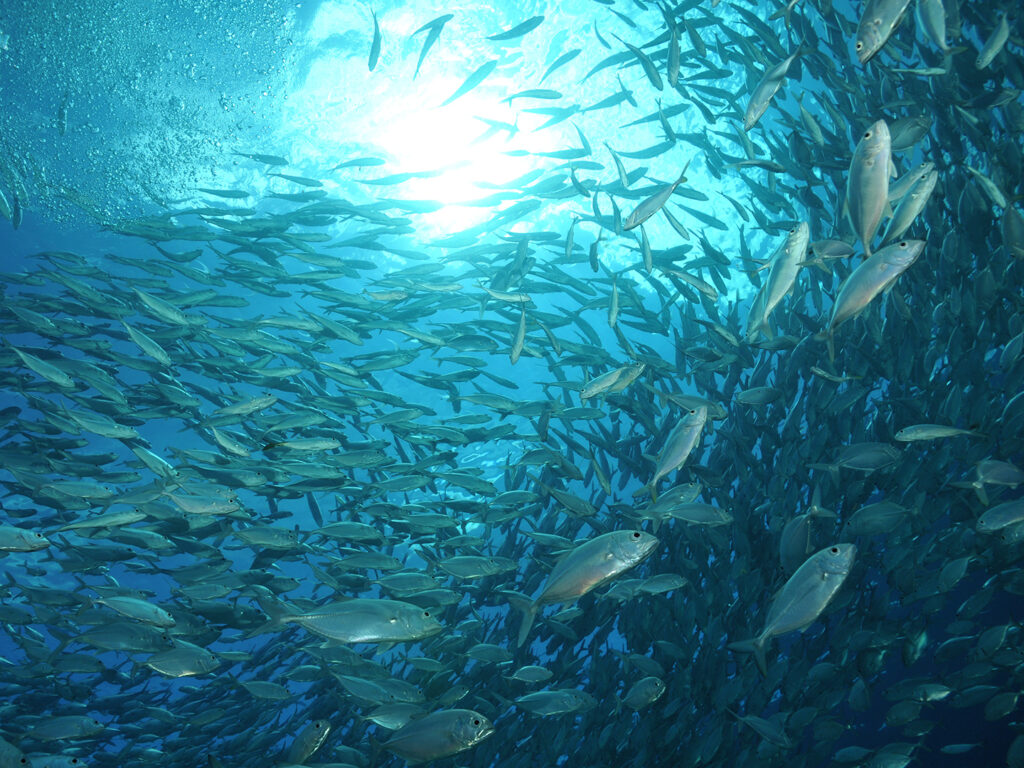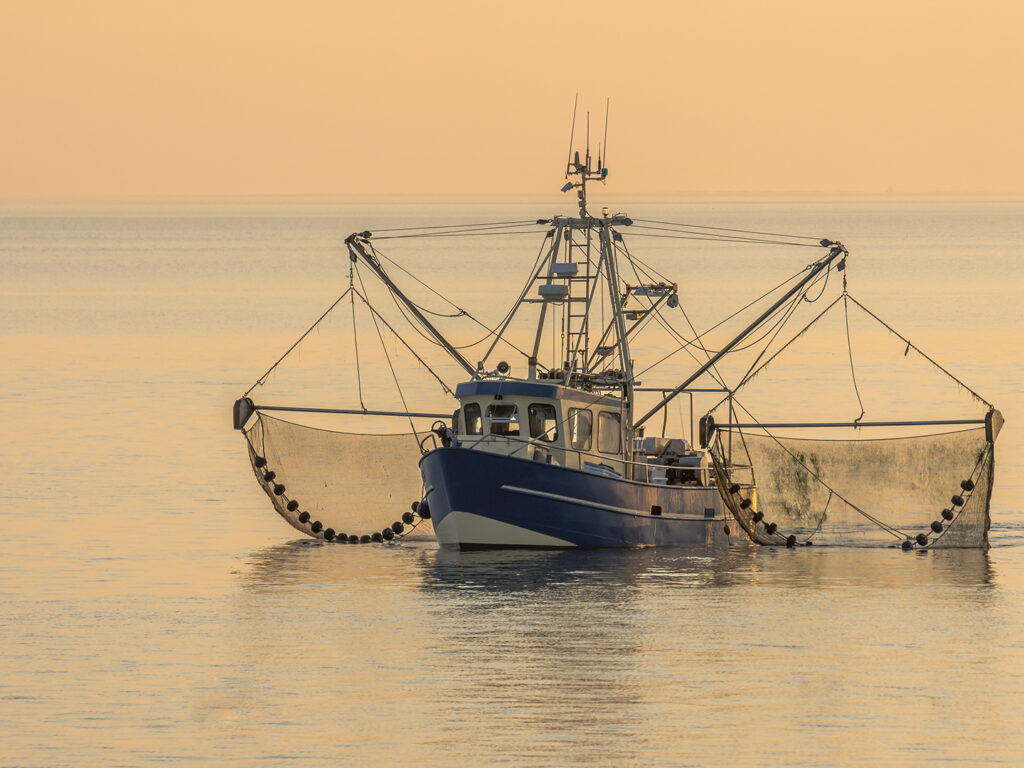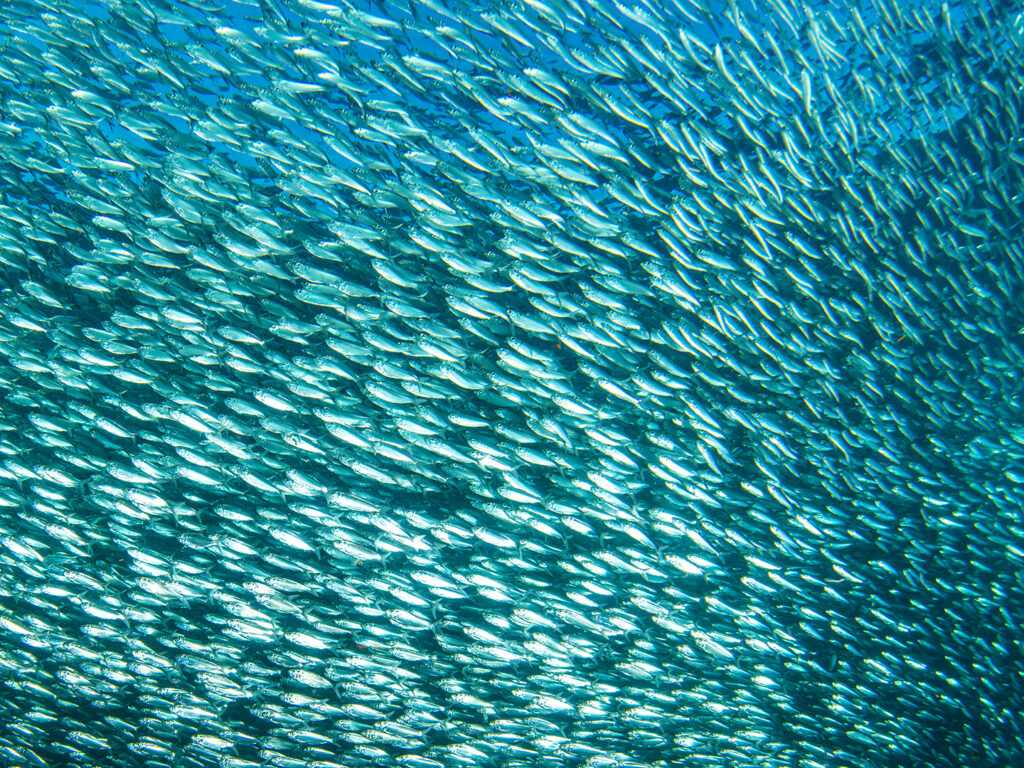Texas A&M Researchers Share Road Map Promoting Sustainable Fishing
Story by Courtney Price, VMBS Communications
The new system can also be used to assess and manage the genetic diversity of any species.

Researchers at the Texas A&M School of Veterinary Medicine & Biomedical Sciences (VMBS) have released a road map to help the global fishing industry become more sustainable. The five-step plan outlines how the fishing industry can use population genomics — large-scale comparisons of a species’ DNA — to prevent overfishing.
The road map, recently published in the Annual Review of Animal Biosciences, can also be used to monitor the genetic diversity of any species — not just fish.
“Fishing is a very important component of our food security” said Dr. Leif Andersson, a professor in the VMBS’ Department of Veterinary Integrative Biosciences. “The marine food chain is also very interconnected, so having low numbers of one type of fish can be detrimental for many other species.
“Unfortunately, over a third of the world’s fish populations are in decline due to factors like overfishing and global warming,” he said. “Our road map can help the fishing industry keep a closer eye on fish populations so we know when to stop fishing them and also when they may need conservation help to restore their numbers.”
Using population genomics will allow the fishing industry to know the exact details of the fish they harvest, including where they spawn and where the population moves at different times of the year.
“Different populations of the same fish can have important distinctions — for example, even in an abundant species like the Atlantic herring we have many subpopulations,” Andersson said. “One type of herring may be adapted to live in warmer waters and another in colder temperatures. If you deplete one population, that specific variety may not return, and that can have consequences for people, other animals, and the environment.”
But the techniques in the road map aren’t specific to fish — they can be used by any scientists looking to monitor genetic diversity.
“If you are managing an area with many wolf populations — or even local bees — and you want to know how many types there are, you can use the same road map,” Andersson said. “It’s useful to anyone.”
Putting Population Genomics To Work

According to the new plan, monitoring a fish stock begins with sequencing the genome for that species, a process that reveals to scientists exactly what each section of an organism’s DNA does.
“The first step is to create a reference genome, which shows the function of each gene on each chromosome as completely as possible,” Andersson said. “Genes are significant because they determine everything from physical features — like scale color — to complex systems — like the immune system.
“We’re very fortunate to live in what I call the ‘Golden Age’ of genetics research, because technology is making the results more complete and the process less expensive,” he said. “For a long time, complete reference genomes were difficult to achieve because there are very long, repetitive sections of DNA. However, we have the ability now to read these long sections using better sequencing technologies and bioinformatics.”
Once population scientists have a reference genome of the species that they want to monitor, they need a way to tell the difference between regional populations.
“Step two is figuring out where the fish are spawning; you need to know where the population that you want to monitor is reproducing,” Andersson said. “Once you know that, you have to take samples of fish at the spawning point and sequence their DNA. Then you can compare the population’s DNA to the reference genome and see the differences.”
Step three is measuring the frequency of genetic variation in the population.
“You need to know how different populations of the same fish are,” Andersson said. “For example, if you take 100 DNA samples from eels in England and the same amount from the Nile River in Egypt, you will see that there is no significant genetic difference. That’s because all eels are part of the same population — they have the same spawning area in the Sargasso Sea.
“But herring are different,” he said. “If you take samples of herring from different regions of the Atlantic Ocean, you will find hundreds of places in the genome where there are differences. Each population of herring has adapted to its geographic location and will need a different management plan.”

According to Andersson, the last two steps involve using information from the previous steps to determine exactly how many different populations of a species there are.
“You can even focus your analysis further and use specific genetic markers to map out where each stock is at each point in the year,” he said. “It’s like having a genetic fingerprint that allows you to create a management plan that is specific to each stock.”
Entering The Future Of Population Management
Fishery authorities in Europe have already begun using the management road map laid out by Andersson and his research collaborators to monitor key populations of fish that are important to both the economy and local biodiversity.
While Andersson and his team won’t be collecting population data into a single database, he hopes that more people in the global fishing industry, from fishing companies to government fishing authorities, will also begin using the road map so that they become best practices for the entire industry.
“This kind of analysis would be valuable all over the world,” he said. “Fish are important to our planet’s marine ecosystems, and they’re also a healthy source of protein for humans. But many populations of fish depend on regional and seasonal factors that haven’t been well-understood until recently. We hope that population genomics can become a powerful tool for assessing and maintaining biodiversity, not just for fish, but for many species.”
###
For more information about the Texas A&M College of Veterinary Medicine & Biomedical Sciences, please visit our website at vetmed.tamu.edu or join us on Facebook, Instagram, and Twitter.
Contact Information: Jennifer Gauntt, Director of VMBS Communications, Texas A&M College of Veterinary Medicine & Biomedical Sciences, jgauntt@cvm.tamu.edu, 979-862-4216


